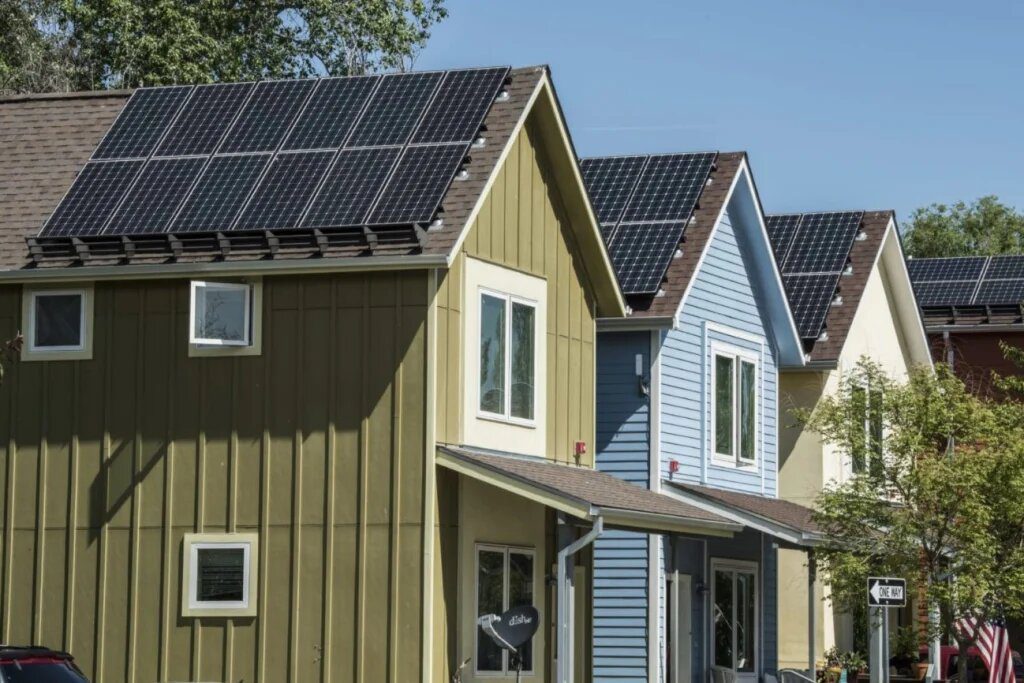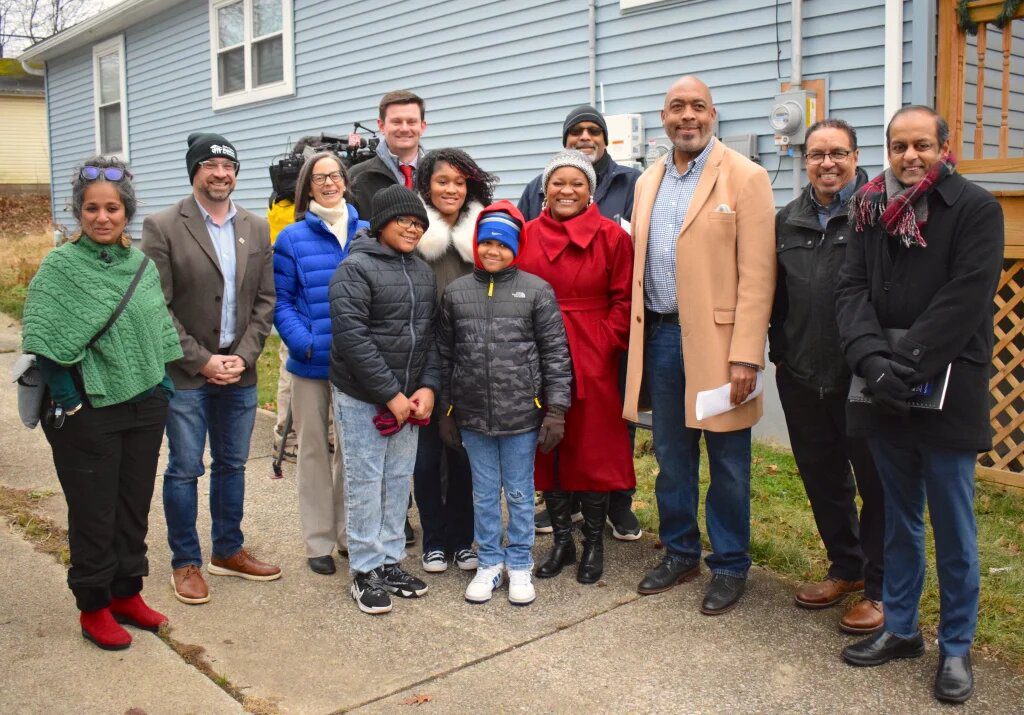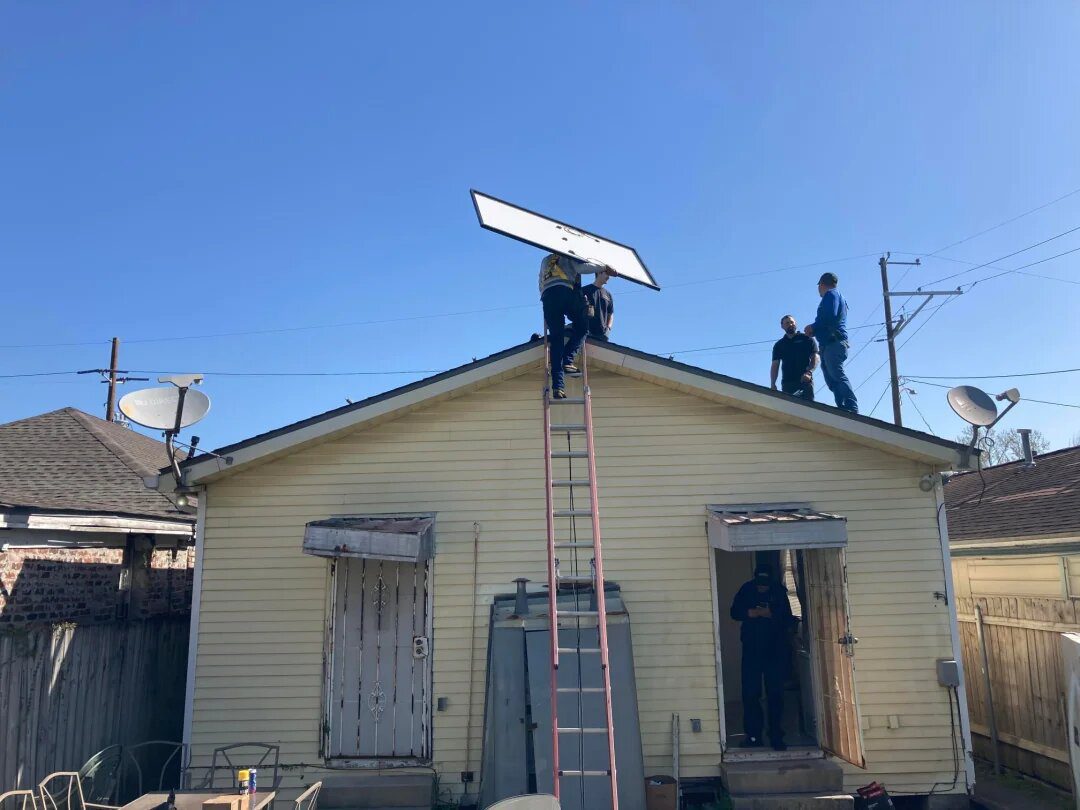Despite the energy cost-saving benefits of rooftop solar, it is still unattainable for many income and marginalized groups. The median household income for those adopting solar panels in 2021 was $110,000, according to the Lawrence Berkeley National Laboratory, whereas the real median household income was $70,784, according to the U.S. Census Bureau.
In 2015, the Connecticut Green Bank took a huge step in advancing the accessibility of clean energy to low- and moderate-income (LMI) households. After providing $5 million in debt capital and being matched by a private lender, it launched its Solar for All program.
Louisiana-headquartered partner PosiGen was able to take advantage of a federal tax credit and an elevated LMI solar incentive from the Green Bank — available to those earning less than 100% of area median income, regardless of credit score — to offer affordable prices for panel leases.
The firm even tacked on energy efficiency improvements to the installations, “letting people know they’re losing the value of the solar savings if their home isn’t energy efficient,” according to Emily Basham, now a senior manager at the Green Bank. With no upfront costs or hidden fees, the default rate was a mere 0.01% as of 2019.
Through December 2021, when the incentive program wrapped up, the Green Bank and PosiGen created more than 4,400 solar PV projects, 67% of which took place in low- and moderate-income areas.
Although the program is no longer available, its legacy continues as other states push to supply LMI households with clean energy.

Photo Courtesy PosiGen
A recent example is the Cleveland Low to Moderate Income Solar Program, a pilot partnership between Mayor Justin Bibb, Solar United Neighbors, and Greater Cleveland Habitat for Humanity. It launched last year and aimed to bring rooftop panels to homes at or below 200% of the federal poverty level without costing homeowners anything.
Some homes were built from scratch, which is where Habitat for Humanity comes in. Kassy Allen’s house, for example, was built in December 2021.
“It’s very rewarding to know that I helped build the house and that I’m doing the best for me and my children and for future generations in the neighborhood,” Allen said. In December, a ceremony at which her 10-year-old son Kassan threw the switch for the newly installed panels took place.

Photo Courtesy Habitat For Humanity, Greater Cleveland
“We will end the year with five installs and two to be installed early next year,” said Tristan Rader, the Ohio director of Solar United Neighbors. “Our hope now is to secure more funding in 2023 for up to 50 more installs while we continue to search for more sustainable solutions.” The initial funding came from a $100,000 grant from the Lowenstein Foundation and the Urban Sustainability Directors Network.
The goal is to then learn about the positive effects that solar can have for a family, estimated at 80% coverage of each household’s electricity costs.
The organizations involved also hope to identify barriers to adoption and develop solutions to remove them. “One of the major things is breaking the ice — getting solar into communities that have historically been left behind,” Rader says.

Photo Courtesy Solar United Neighbors
A new initiative inspired by Connecticut’s Solar For All program is also emerging in Rhode Island, called the Affordable Solar Access Pathways. It will provide leases to single-family households earning 80% of the area median income or less, located in Department of Environmental Management-designated environmental justice areas.
The Rhode Island Commerce Corporation’s Renewable Energy Fund and the Rhode Island Office of Energy Resources will provide $1 million in funding for the program. Plus, Rhode Island’s proceeds from the Regional Greenhouse Gas Initiative, which charges power generators for surpassing a regional budget cap for emissions, will serve as an incentive.
The Commerce Corporation issued a request for proposals from vendors in December, making it the first state to offer the elevated tax credit under the Inflation Reduction Act for building clean energy systems in LMI areas to owners of solar systems.
“Being first in this context opens the door to innovative thinking, a clear signal to the private sector that Rhode Island is open for business in low- and moderate-income solar,” notes Vero Bourg-Meyer, the project director for solar and offshore wind at the Clean Energy States Alliance. The organization is working on the program. With responses due in February, the future of LMI panel programs should be set to launch this spring.





